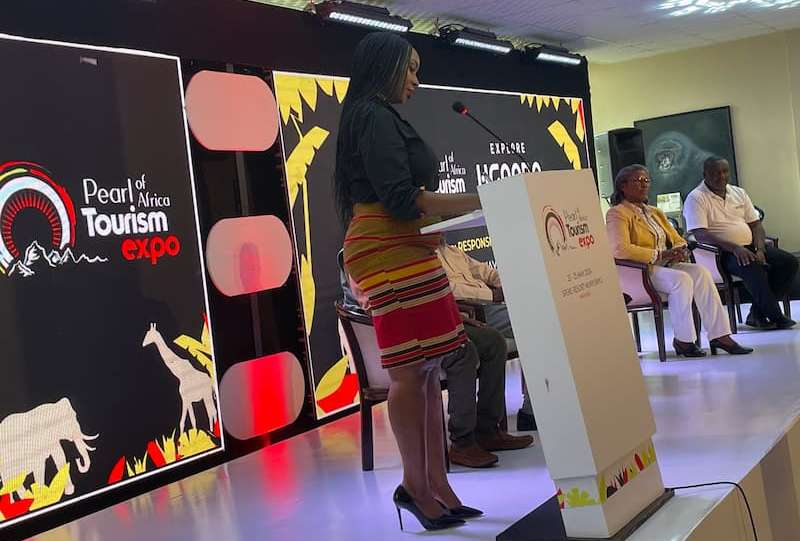The Iteso people have long been the guardians of a rich and varied cultural heritage in the firmly inhabited Eastern Uganda districts of Kumi, Soroti, Bukedea, Amuria, Butebo, Ngora, Serere, Kaberamaido, Kapelebyong, Mbale, and Pallisa. The Iteso have a long history that has knitted a variety of customs, values, and practises that continue to influence their identity and add to Uganda’s cultural richness.
The Iteso people, also known as the ‘’Ateso’’, belong to the larger Teso ethnic group that spans across Uganda, Kenya, and Sudan. Their origin story is steeped in oral tradition and legend, which describe their migration to the fertile lands of Eastern Uganda. According to Iteso folklore, they migrated from Abyssinia (modern-day Ethiopia) in the 16th century, navigating through various regions before settling in the present-day Teso sub-region. This migration played a pivotal role in shaping their cultural identity as they interacted with neighbouring tribes and assimilated various customs.
The Iteso people are proud of their rich cultural diversity, which includes rituals, music, dance, and art. Their distinctive aesthetic sensibilities are reflected in their brilliant traditional clothing, which is embellished with colourful beads, elaborate patterns, and significant symbols. In Iteso culture, dance and music have a special role. They are frequently utilized to commemorate significant life events, share tales, and promote a sense of community solidarity.
Within Iteso community, rites of passage like initiation ceremonies signify important turning points in a person’s life. Extensive rituals that are part of these ceremonies let the next generation feel a connection to their forefathers and traditions. The transmission of oral history and other group activities like storytelling and folk music are crucial to the preservation of Iteso culture.
The social structure of the Iteso people is clearly defined and based on clans.
The Iteso society was traditionally divided into age groups, with each group in charge of particular responsibilities. This system promoted intergenerational cooperation and harmony. While modernization has altered some facets of social structure, the fundamental Iteso cultural ideals of harmony and reverence for elders remain unshakable.
The core of the Iteso economy is agriculture. Groundnuts, maize, sorghum, millet, and other staple crops can all be grown in Eastern Uganda’s excellent soils. Keeping livestock, particularly cattle, is another important economic activity. Iteso agricultural methods exhibit a thorough grasp of the local environment and are known for their harmony with nature.
Some Iteso people have engaged in trade, entrepreneurship, and formal employment in recent years to diversify their economic pursuits. As ancient agricultural practices and contemporary economic endeavours coexist, this change has produced new opportunities and problems.
A wide variety of cultural legacy, moulded by centuries of history, migration, and interaction, is embodied by the Iteso people of Eastern Uganda. The Iteso continue to maintain their identity despite the difficulties presented by modernity and globalization by adhering to traditional practices, storytelling, and community involvement. The Iteso people provide a strong illustration of how cultural legacy may endure through change, adding to the varied fabric of Uganda’s cultural environment as they manage the intricacies of the contemporary world.
About Guide2Uganda
Guide2Uganda (www.guide2uganda.ug) is the most comprehensive source
of travel information about Uganda on the web, with more content on its cities
and towns, accommodations, attractions, events, museums, and galleries than any other online guide currently available for Uganda, as well as being a dynamic travel news and events driven site with new content added on a daily basis.
We are one of Uganda’s most powerful online media organizations, according to the WeFollow & Peer Index, which assesses online influence. Jumia Travel Uganda also awarded Guide2Uganda the “Best Destination Website in Uganda” at the 2018 Africa Travel Awards.
Share your travel stories & photos with the world via email: info@guide2uganda.ug




